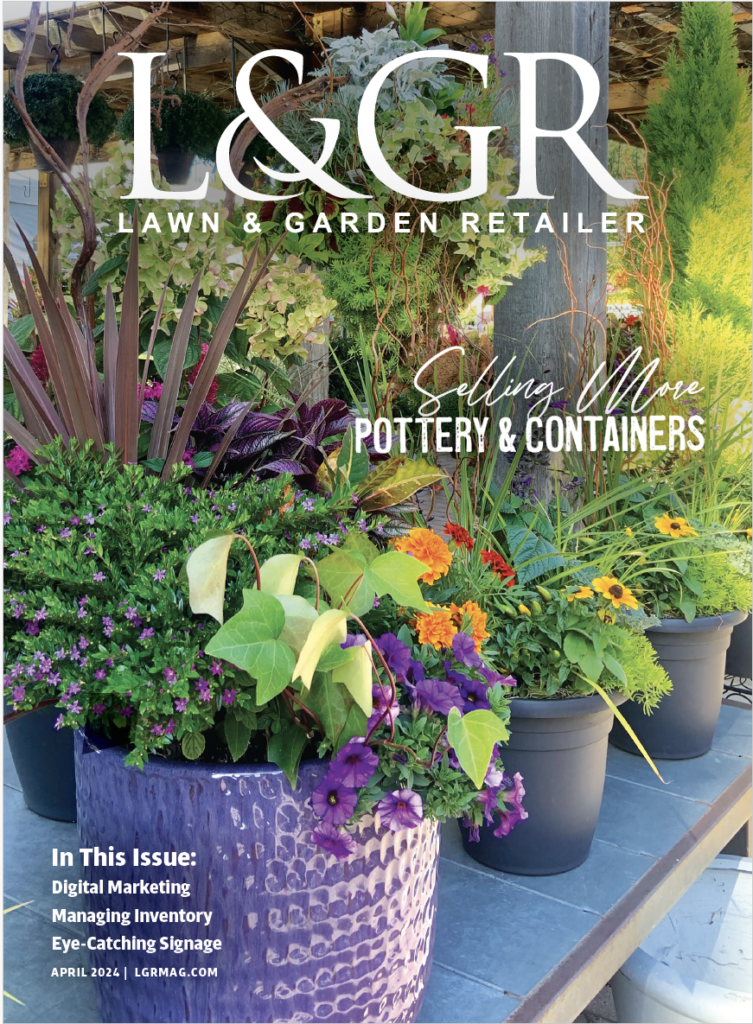
Finding Your Parallel Market
 Green goods and related hardware provide a steady income stream for the typical garden center. But the typical garden center operator is always keeping an eye out for ways to increase that income stream and bring new customers through the door.
Green goods and related hardware provide a steady income stream for the typical garden center. But the typical garden center operator is always keeping an eye out for ways to increase that income stream and bring new customers through the door.
Adding a new assortment of product lines is one idea, but anything added must be compatible with the rest of the store’s existing market and merchandise focus. Such things as plumbing supplies and the latest in electronics may not be your best option.
If you’re going to increase your product selection, there are a few things to consider up front:
Will it sell to your current community of shoppers?
Are you willing to devote sufficient space for it in the right area within the store?
Do you have staff with the product knowledge and interest to make it work?
Will a sufficient opening inventory level fit within your current operating budget?
Have you studied the potential local market and checked out the competition?
You already have a ready market of garden enthusiasts to continue your operation at its current level. What you need now, to move up a step, is to increase the dollar amount of the average sale, as well as increase the number of new customers coming through the door. You can achieve both by making the right moves.
Those same moves have been made by thousands of garden centers across the country. Not all have been successful at it, but many have achieved the level they planned for; and in the majority of cases, the direction they chose is wild bird and backyard nature products.
Your Advantage
Regrettably, there are no reliable sources of information to go by, but from what I’ve been able to find out, something in the neighborhood of 40 percent of garden centers carry at least some birding products. Even if these numbers are not current and perhaps way off, that still leaves thousands of stores with that option open. In making this choice the plusses are:
Very good profit margins,
Excellent turnover with little spoilage,
Plenty of sources for product selection,
Some 52.8 million Americans participating to some degree, according to the U.S. Fish and Wildlife Service,
The customers you already have are a logical ready market,
It will draw in additional traffic who like feeding birds at home but until now have had no nearby source of supply, and
A garden center is a destination, which a birding specialty shop is not.
Your customer already has a backyard and likes to enjoy it and make it look good, so attracting wild birds is an easy way to bring extra life, color and beauty to enhance the gardens they already have. And they will surely notice a pleasing change in the inside appearance of the store.
Winter is almost gone, plants and flowers are waking up, migrating birds are on the way to their summer breeding grounds, and customers are fed up with the cold and gloom and are ready to start their new year’s garden chores. And on their first visit to your store in the spring season they are met with everything fresh, new, colorful and just right for their yard.
Your new birding section needn’t take up a whole lot of square footage, but the space you do allot to it can really produce for you. A few small independent wild bird specialty shops are achieving as much as $900 per square foot in retail sales. Granted that’s the exception and they aren’t garden centers, but it offers plenty of proof of what can happen if the category is taken seriously.
And consider these numbers:
In many cases, retailers can buy hard goods in case quantities direct from the manufacturer, which offer up to 50 percent gross margin or more with almost no spoilage.
Bird food can bring 35 to 60 percent margin, depending on the type of mix or seed, and turn over as many as 20 to 40 times a year.
Of course those numbers and turns aren’t likely to show up in year one or two, but they’re certainly achievable, and you can do it as easily as the next guy.
Get Serious
Be warned, though, it takes a serious commitment to move into this category. A half- hearted effort is worse than none at all.
As an example, some years ago one store I’m familiar with put in a 1,200-square-foot section of birding products, achieved $300,000 sales in the first year, but the owner was out of his comfort zone with it and was afraid to give it the attention it needed.
The space went unattended for days at a time, the shelves went unfilled, the bird food was neglected and sales dropped by half in year two.
To put it in perspective, the average small specialty shop of similar square footage generates about the same dollar sales in its early years. That’s sufficient to support the store, the owner, a part-timer or two and at least one trip per year to a trade show to keep in touch with where the market is going a very important aspect of retailing.
In our example the department was given no budget for advertising or promotion, could not send anyone to a trade show and was left without the means to run itself.
There was a very nice giftware section in the store with beautiful garden art, home decor and birdbaths, but even though the two departments would have mixed together quite well, and could support a full-timer to run it, the idea didn’t pass muster. They remained separated by 30 feet of garden hose and wheelbarrows until finally the wild bird products were marked down and cleared out.
By keeping such a firm grip on the cash flow the store itself did well, but unfortunately the birding section, which could have brought in a few hundred thousand dollars extra, was unable to contribute.
Overall, the owner didn’t lose on the effort, but the initiative failed for want of the necessary backup. But that’s not the worst of it. A lot of new customers came in and bought birding products in the first year, but were denied the opportunity in subsequent years and became disappointed with the store in general. Word got around.
Some of those new customers remained regular shoppers, but what brought them in originally was no longer available. The place is still there, still doing well, but by no means as well as it could. Now a new Wild Birds Unlimited has opened less than a mile away and is doing just fine.
On the other hand, there are many garden centers that have taken the same leap of faith and done extremely well by it. Most had allotted just a few hundred feet, but filled the space with a wide assortment of new product with little depth, and over time concentrated on what was selling, replacing what wasn’t doing well.
Think of it this way: a 10-foot table of annuals may turn over frequently at high margins, but there is perhaps 20 feet or more of empty air between the plants and the ceiling. Twenty linear feet of wall space can hold multiple shelves 12 inches deep reaching far higher than a table, and when stocked with inventory, can hold more dollar value, turn over at perhaps half the frequency of the annuals, returning the same dollars, and take up just 20 square feet of floor space. An inexact example, but you get the picture.
Many garden centers have been involved in birding for years and increased the size of the department, enjoying a commensurate increase in sales revenue.
But it’s like most other retail ventures … do your homework first, talk to the experts, take it seriously giving it the attention it needs, and then you can enjoy the results.

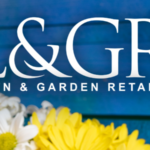
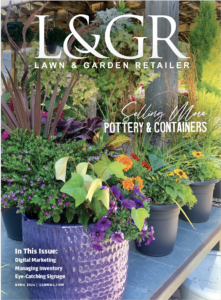
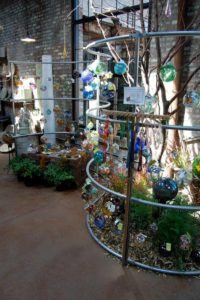
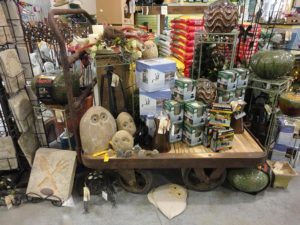
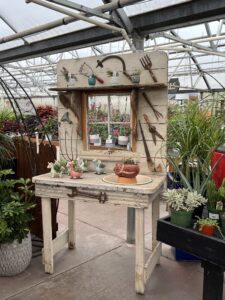
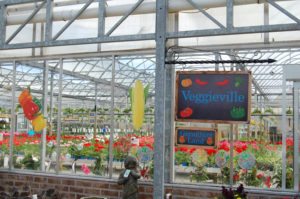
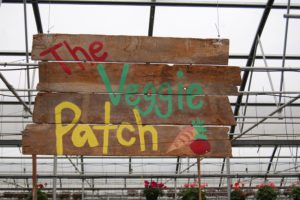
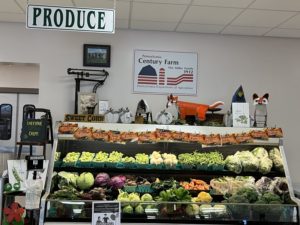
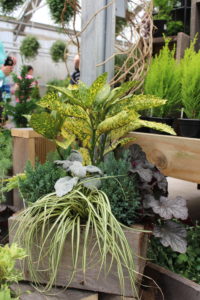
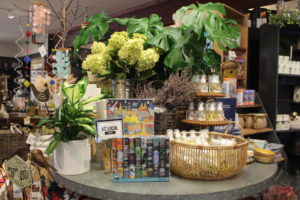
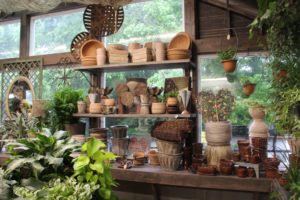
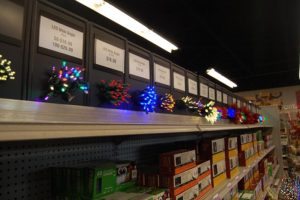
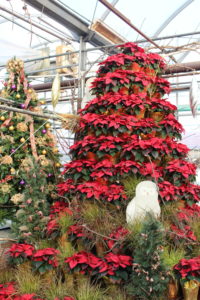
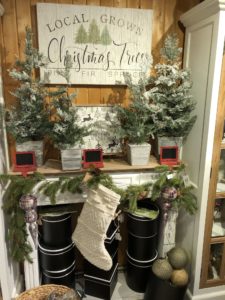
 Videos
Videos




